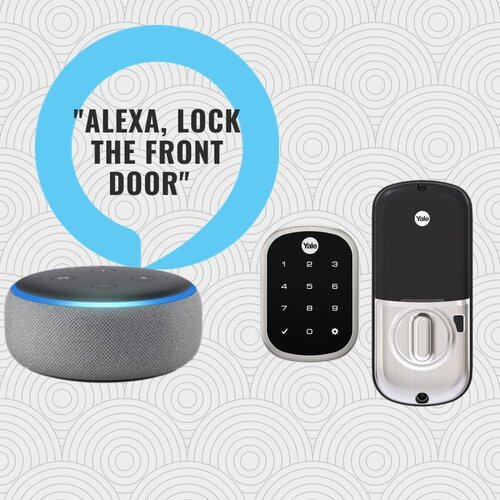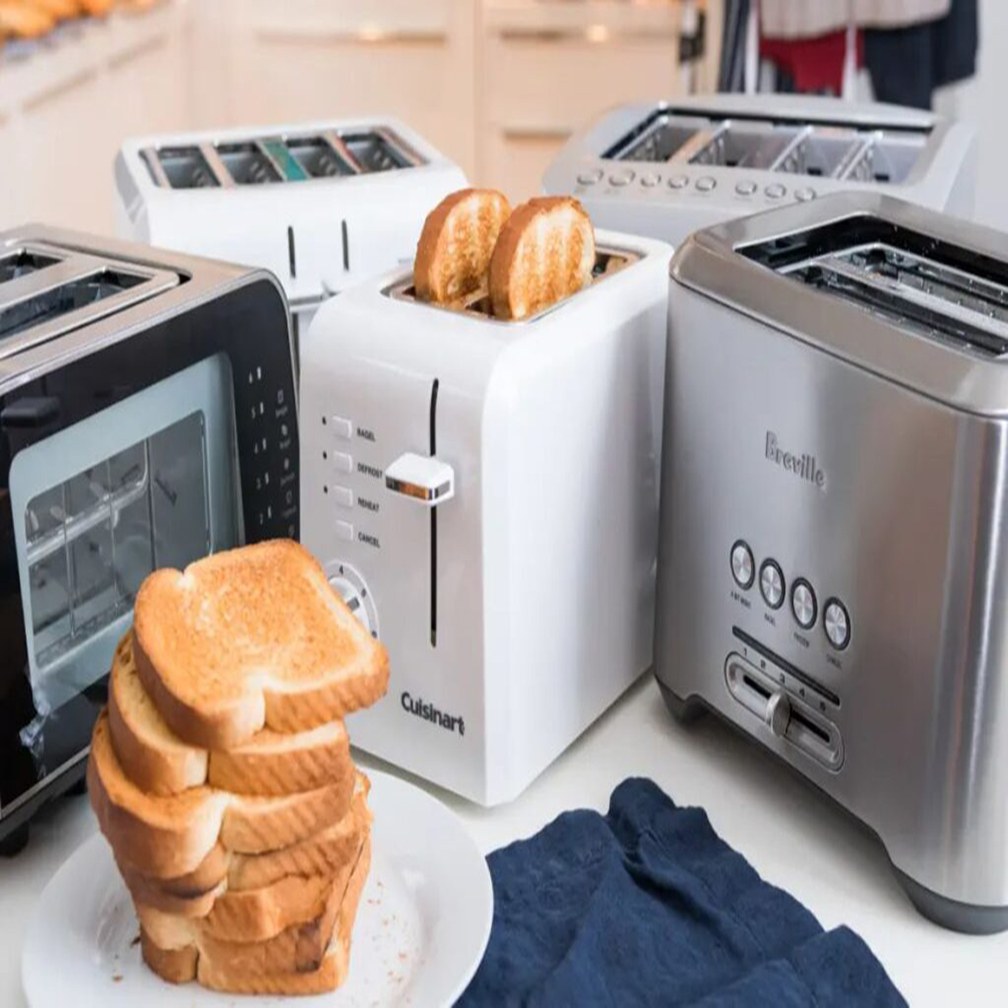Smart locks integrated with Amazon Alexa are becoming increasingly popular for their convenience and advanced technology. However, as with any smart device, there are potential risks. This article will explore two key concerns and provide practical solutions, while also highlighting why smart locks remain a worthwhile investment.
Key Concerns with Smart Locks and Voice Commands
1. Voice Changes Due to Illness or Other Factors
One of the most common challenges with voice-activated smart locks is their reliance on recognizing a specific voice profile. If your voice changes—perhaps due to a cold, fatigue, or another condition—the system might fail to authenticate you, leaving you locked out of your own home.
2. AI Voice Cloning Threats
As artificial intelligence advances, voice cloning technology has become highly sophisticated. This raises concerns about someone replicating your voice and gaining unauthorized access to your smart lock.
Practical Solutions for Enhanced Security
To address these issues, here are some strategies that can ensure the safety and reliability of your smart lock:
- Enable Multi-Factor Authentication (MFA):
Supplement voice recognition with other verification methods like a fingerprint scanner, keypad codes, or app-based approvals. - Train the System for Diverse Voice Profiles:
Many smart locks allow users to train the device on variations in their voice, ensuring it can recognize changes caused by illness or fatigue. - Implement Randomized Voice Phrases:
Replace static voice commands (e.g., “Alexa, unlock the door”) with dynamic phrases or questions that the system randomly generates, making it harder for cloned voices to bypass security. - Keep a Backup Key or Alternative Access:
Choose a smart lock that includes traditional key access or a fallback method like Bluetooth-based unlocking. - Use a Secure Wi-Fi Network:
Protect your lock from hacking attempts by ensuring your home network is encrypted and uses strong passwords.
Why You Should Still Invest in Alexa and Smart Locks
Despite these concerns, the benefits of using Alexa-integrated smart locks far outweigh the risks when combined with proper security measures. Here’s why:
- Ultimate Convenience:
Forget the hassle of carrying keys. With Alexa and smart locks, you can lock or unlock your door hands-free, even from a distance. - Advanced Home Automation:
Alexa allows seamless integration with other smart home devices. For instance, you can program your smart lock to automatically lock when you turn off the lights or activate “Away Mode.” - Customizable Access Control:
Share temporary access codes with family members or guests and monitor who’s entering and exiting your home via your lock’s mobile app. - Increased Security Awareness:
Get real-time alerts if someone tampers with your lock or tries to force entry, allowing you to act quickly.
Conclusion: The Smart Choice for Modern Living
Smart locks paired with Alexa are revolutionizing home security, making everyday life easier and more efficient. While potential risks exist, they can be effectively mitigated with the right precautions. By taking these steps, you can enjoy the convenience and sophistication of smart locks without compromising your security.
So, why wait? Take your home security and automation to the next level by investing in a smart lock compatible with Alexa today!
















Leave a Reply